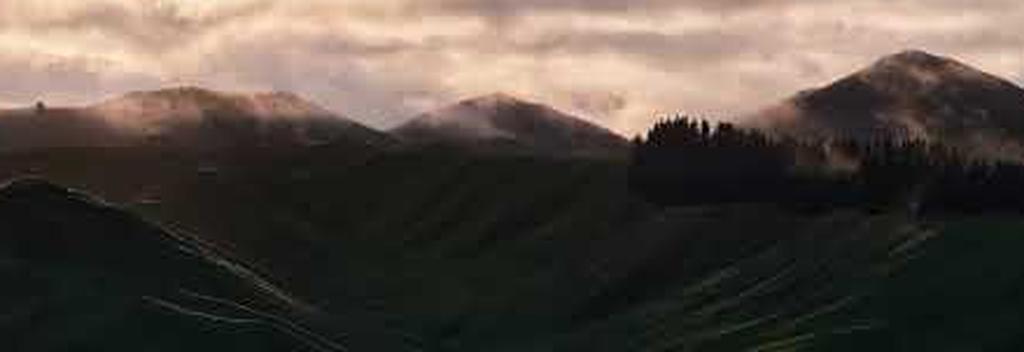-
Popular places to visit
Popular things to do
Helpful tips
Here's a few useful links to help with planning your trip to Aotearoa New Zealand.
-
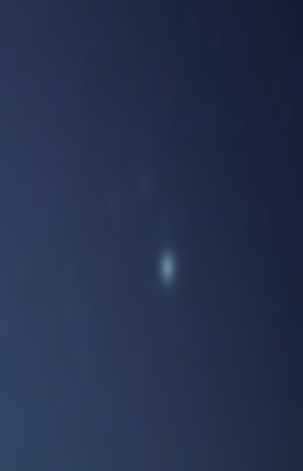
Matariki is a special occasion in the New Zealand calendar which marks the start of the Māori New Year.
Signified by the Matariki cluster of stars reappearing in our night sky, this is a time to reflect on the past year, celebrate the present, and plan for the year ahead.
Māori proverb / Whakataukī
Matariki hunga nui
- Matariki, the gatherer of people
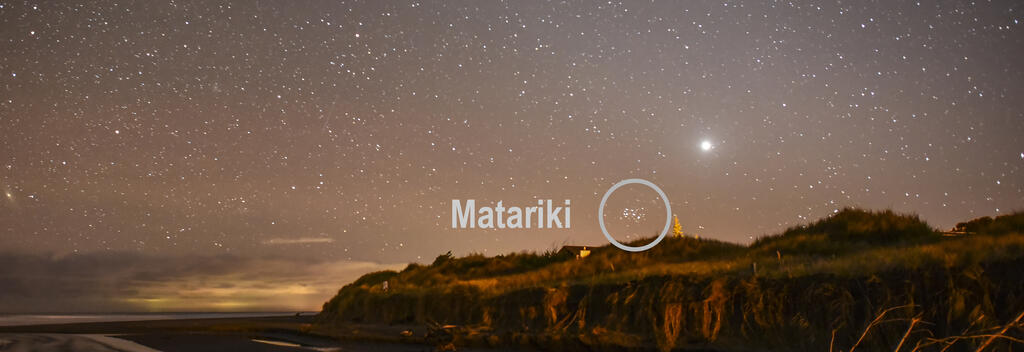
Matariki is a star cluster that appears in the early morning sky in New Zealand during the mid-winter months.
The star cluster is well known throughout the world and at different times of the year can be seen around the globe. It is one of the brightest clusters in the sky, containing hundreds of member stars.
Matariki has different names around the world. In English, it is called by its ancient Greek name, Pleiades or the Seven Sisters. In Hawaiian it is Makali’i, ‘eyes of royalty', and in Japan it is Subaru, meaning ‘gathered together’.
Matariki is known as the Māori New Year in Te Ao Māori (the Māori world view).
Closely connected with the maramataka (the Māori lunar calendar), the reappearance of the Matariki stars in the early morning sky brings the past year to a close and marks the beginning of the new year.
Mātauranga Māori (ancestral knowledge and wisdom) is at the heart of celebrations of the Matariki public holiday and it will be a time for;
Remembrance – Honouring those we have lost since the last rising of Matariki
Celebrating the present – Gathering together to give thanks for what we have
Looking to the future – Looking forward to the promise of a new year
Historically, the stars of Matariki were also closely tied to planting, harvesting and hunting. If the stars appeared clear and bright, it signified an abundant season ahead.
Matariki takes place in mid-winter from late May to early July. The dates vary according to tribes and geography.
The first public holiday to celebrate Matariki was held in New Zealand on Friday 24 June, 2022.
Matariki falls on Friday 28 June in 2024, marking the reappearance of the constellation. The best time to view the Matariki cluster is early morning, just before dawn.
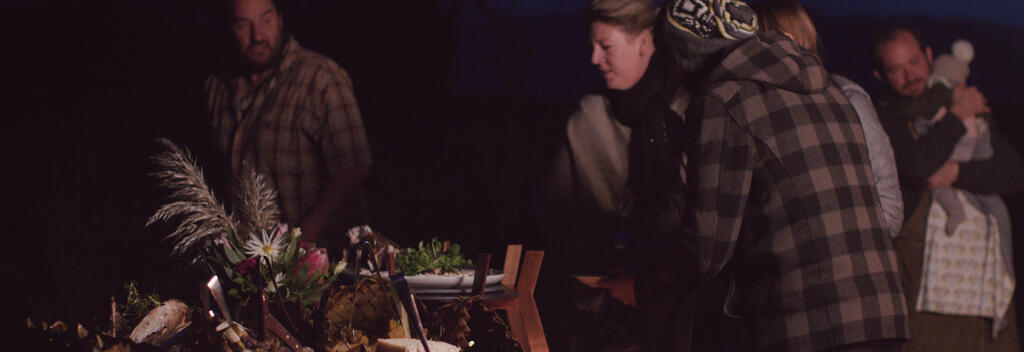
Traditionally, Matariki festivities included lighting ritual fires, making offerings and various celebrations to farewell the dead, honour ancestors and celebrate life.
Nowadays, people all across Aotearoa come together to remember their ancestors, share (kai) food, sing songs, tell stories and play music.
Matariki is about reconnecting with your home and whānau (family).
Today there are many ways to acknowledge the Māori New Year and observe the rising of Matariki;
- Take time to remember loved ones who are no longer with you
- Give thanks for the year that has passed
- Enjoy a Matariki feast together
- Plan for the next year
- Spend time with family and friends
- Write down your wishes for the year
- Plan to grow a garden
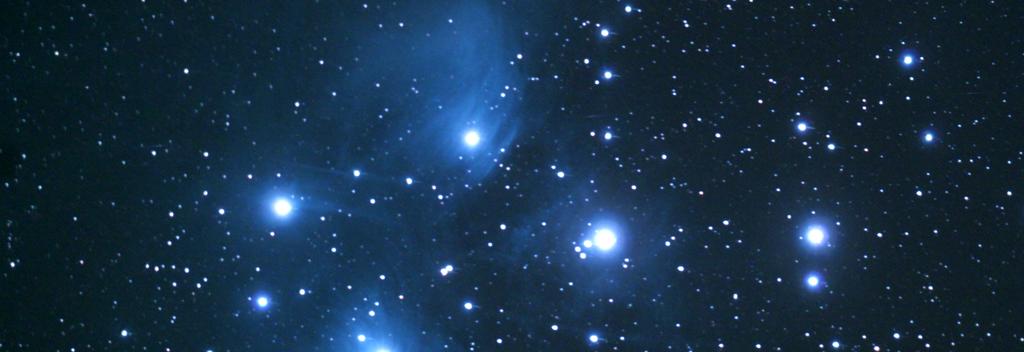
As one of the star clusters nearest to Earth, this constellation is one of the most obvious to the naked eye.
To find them, look to the northeast horizon before sunrise.
Then, search for the distinct line of stars that forms Tautoru, or Orion’s belt. Keep moving your gaze north of these three stars until you see a cluster of tiny stars that are roughly as wide as Tautoru is long. These are the Matariki stars.

The Matariki star cluster contains hundreds of stars but only nine are visible to the naked eye. Each of these nine stars has a distinct story and significance in Māori culture.
According to one Māori myth, the cluster represents a whaea or mother - Matariki - and her six daughters Tupuānuku, Tupuārangi, Waipunarangi, Waitī, Waitā and Ururangi.
The name Matariki refers to both the star cluster as a whole and a specific star, which signifies reflection, hope, our connection to the environment and the health and wellbeing of people.
Pōhutukawa is the star that serves as a reminder of those who have passed on, encouraging us to take the time to remember them and acknowledge their impact on our lives.
Tupuānuku (“tupu” means ‘to grow’ and “nuku” is the shortened version of “Papatūānuku” meaning ‘Earth’) is the star connected with everything that grows in the ground to be harvested or gathered for food.
Tupuārangi is the star associated with food sources that come from the sky, such as birds, or fruit and berries from trees.
Waitī is connected with all freshwater bodies and the food sources sustained by those waters. Waitī watches over freshwater environments such as awa (rivers), roto (lakes), kūkūwai (wetlands), and waipuna (springs).
Waitā represents the ocean and the seafood that can be harvested from it. This star encourages us to respect our coasts, oceans and marine life.
Waipuna-ā-Rangi is connected with rain, hail and snow.
Ururangi is connected with the various winds.
Hiwa-i-te-Rangi is a wishing star, helping us to realise our hopes and aspirations for the coming year.
